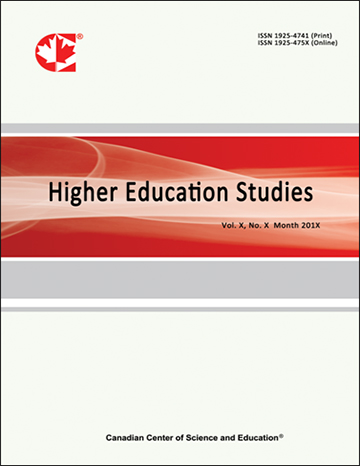The Development of an Instructional Model Based on Flipped Using Technology-Based Learning to Enhance the Digital Literacy for Undergraduate Students in the Faculty of Education, Rajabhat University
- Wachira Morachat
- Thapanee Seechaliao
Abstract
Research objectives were to 1) investigate the current state and best practice of the instruction relying on flipped learning; 2) develop the instructional model based on flipped using technology-based learning to enhance the digital literacy for undergraduate students of Rajabhat University and 3) examine the effects of the model. The sample for fulfilling the 1st objective contained 119 instructors teaching educational technology or related fields within the faculty, 397 students, and 10 experts. Data were collected through 60 first-year students and three types of research tools: the developed model, a test of digital literacy, and a satisfaction questionnaire. Descriptive statistics, that is, arithmetic mean, standard deviation, and t-test were employed in data analysis. The research findings were as follows: 1) The current state of the instruction resulted from the instructors was found to be at an overall lower level (M = 2.43, SD = 0.63) as well as of the students (M = 2.46, SD = 0.65). The participants reflected that the best practice of the instruction included the flipped learning model and learning processes using technologies. 2) The developed model consisted of principle; objectives; learning processes; media, technologies and learning sources; and evaluation. Flipped learning included online and on-site approaches. Learning processes included 6 stages: making knowing learning process; studying from technologies and online learning sources; reflecting and questioning memos; exchanging knowledge; producing tasks; and evaluating. 3) The results of using the developed model showed that 3.1) digital literacy of the students after learning was found to be significantly higher than that of before the study at 0.05; 2) digital literacy of the students in the experiment group was found to be significantly higher than that of the control group at 0.05; and 3) students’ satisfaction was found to be positively highest level (M = 4.81, SD = 0.22).
- Full Text:
 PDF
PDF
- DOI:10.5539/hes.v14n3p189
Index
- AcademicKeys
- CNKI Scholar
- Education Resources Information Center (ERIC)
- Elektronische Zeitschriftenbibliothek (EZB)
- EuroPub Database
- Excellence in Research for Australia (ERA)
- Google Scholar
- InfoBase
- JournalSeek
- Mendeley
- Open Access Journals Search Engine(OAJSE)
- Open policy finder
- Scilit
- Ulrich's
- WorldCat
Contact
- Sherry LinEditorial Assistant
- hes@ccsenet.org
